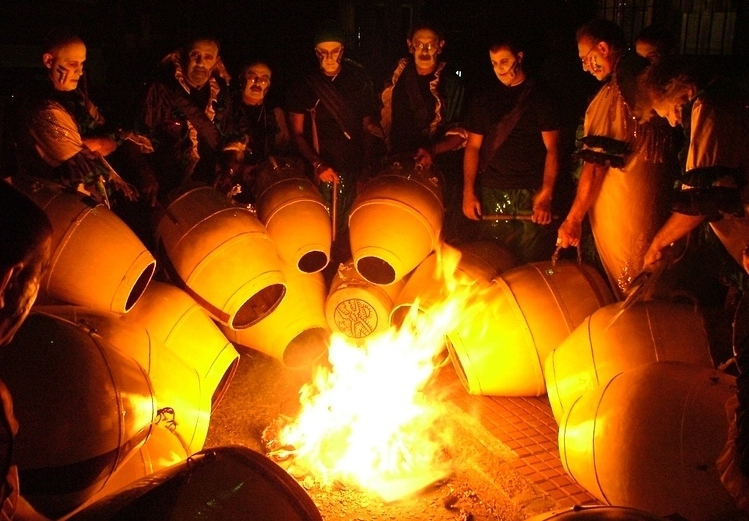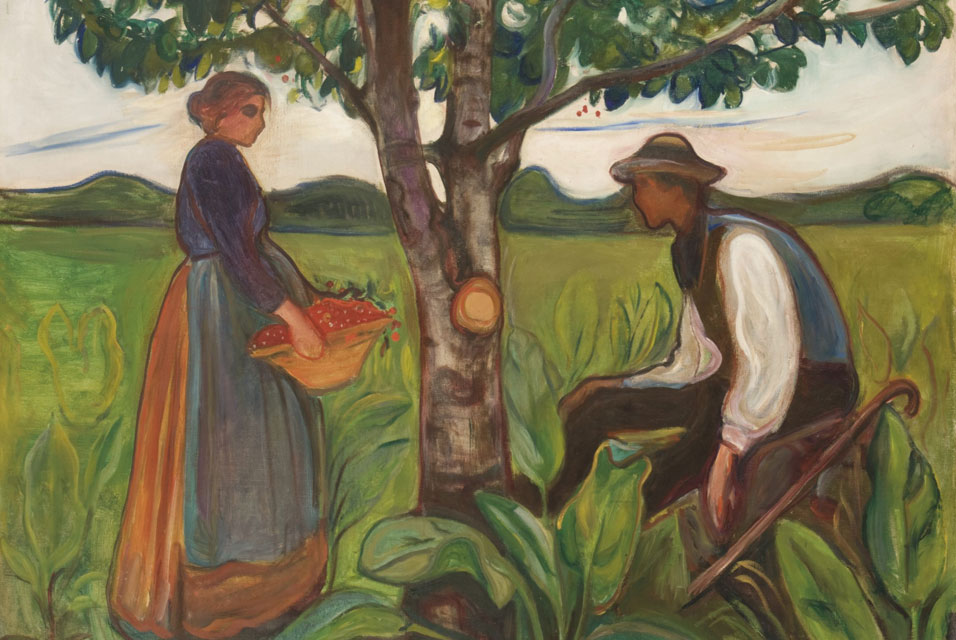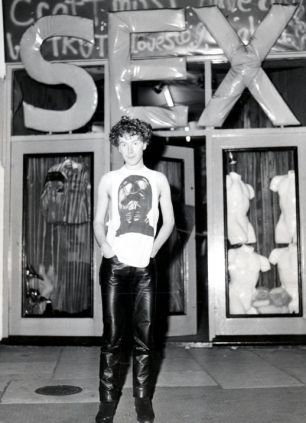
When Russell Slater wrote to us from Montevideo, Uruguay, about the capital city’s signature sound. We had to find out more. Thankfully, he gave us the scoop:
It’s impossible to spend anytime in Montevideo, Uruguay, without suddenly feeling like you’re in the middle of a parade. The sound of drums are everywhere … maybe even moreso than in Brazil. It’s all has to do with Uruguay’s heritage and the African slaves that were brought to these shores in the early 19th century. Every Sunday the slaves would get dressed up, dust off their drums and have a bit of a shindig on one of Montevideo’s promenades, and the new sound spread throughout the city. The rhythm was called Candombe and it’s become the unofficial sound of the streets of Montevideo.
What’s it like?
Candombe has obvious comparisons to African drumming styles (especially Bantu) but has changed considerably, first through necessity as the original slaves had to find alternative materials to make their drums than those they would find in their homeland, and secondly through its assimilation by European immigrants and the changes that they have made, inadvertent or not. In popular terms, it most closely resembles samba but unlike samba, opts for power over melodic flourishes. It is an unrelentant style which can be played at times for hours without any break. It’s this that gives a real sense of earthiness, more so than the glamour of samba.
Where can I find it?
Candombe is the sound of the streets. The most famous llamada (name used for a parade of drums, basically translating as ‘call,’ as in the drums calling from the streets) is Isla de Flores which can be found every Sunday around 8 p.m. on the street called, wait for it … Isla de Flores. Alternatively, La Melaza, an all-female group, offering a smoother, but no less technical, performance can also be found nearby every Sunday on Blanes and San Salvador.
What else should I know?
It also helped spawn Candombe Beat, the most popular strain of pop music in Uruguay. Using 3/4 rhythm artists such as Eduardo Mateo and Ruben Rada began creating folk and rock songs in the late 1960s which would be a blueprint for all Uruguayan music that came after. Artists such as Jaime Roos picked up the mantle in the ’80s but a successor is still to be found wanting. Most singers still keep the odd candombe song or two in their repertoire but the increasing popularity of Western music has diverted the focus somewhat.
Recommended listening: The only real way to really enjoy candombe is in the open air. However, Grupo del Cuareim (1999) is a good introduction featuring Uruguayan legends such as Ruben Rada, Hugo Fattoruso and Fernando ‘Lobo’ Nuñez. Also, Mateo Solo Bien Se Lame (1972) with its effortless mix of candombe, bossa nova and pop is a near-perfect and highly-recommended album by Eduardo Mateo.
Russell Slater writes regularly about important topics such as food, football and music. He will be posting a regular series of ‘In a Nutshell’ guides here regarding the many sides of South American music and can also be regularly found at his blog at ontheroadtofindout.com, rambling on about something or other.
Photo by Libertinus Yomango/Flickr
 MUSEYON BOOKS Smart City Guides for Travel, History, Art and Film Lovers
MUSEYON BOOKS Smart City Guides for Travel, History, Art and Film Lovers


